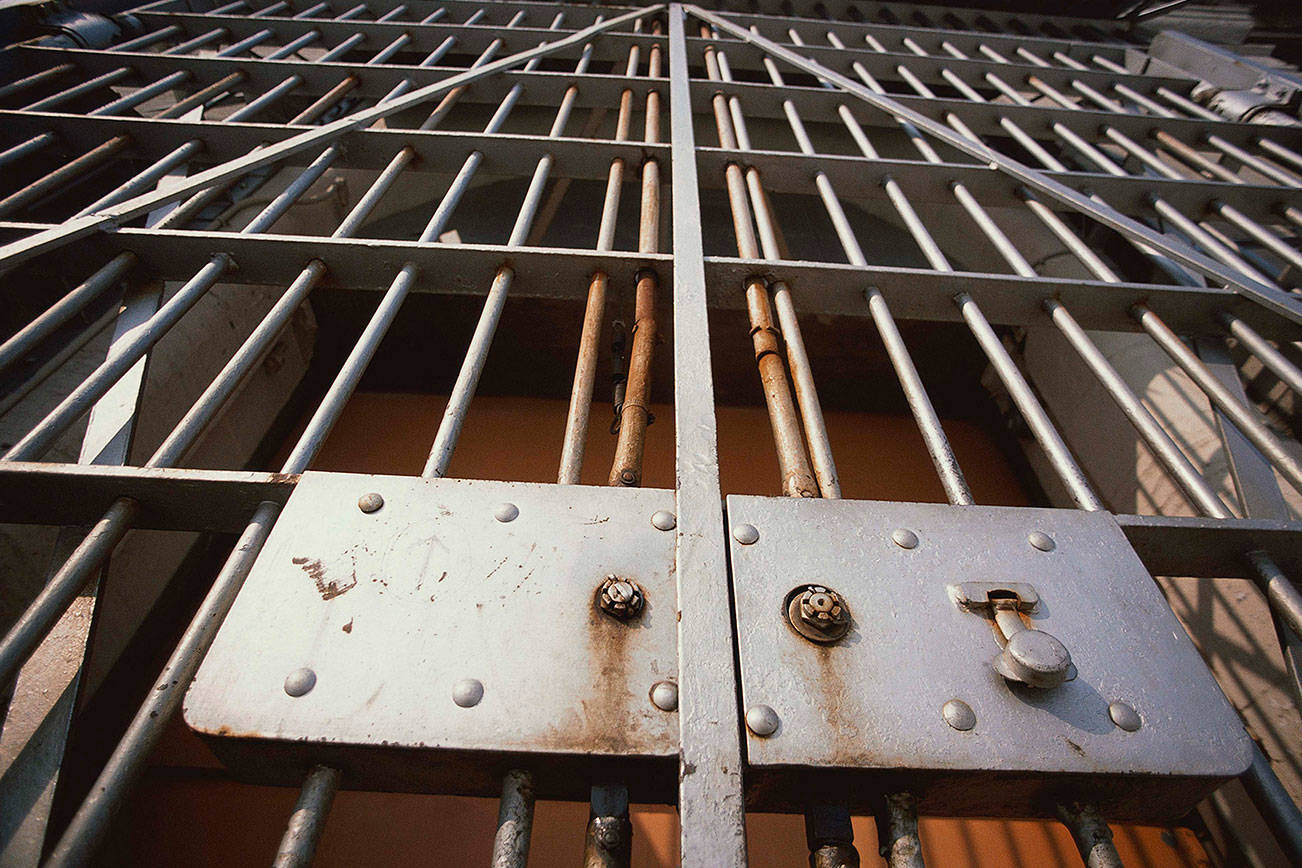Prisoners advocates are asking a Federal Court to intervene in the case of a Dene man from northern Saskatchewan who they say has spent most of his adult life in segregation and is at risk of committing suicide.
Joey Toutsaint, who is 32 and a convicted dangerous offender, has spent more than 2,000 days in segregation while at different federal institutions, say court documents filed last week in British Columbia.
“I think that’s just brutal,” said Catherine Latimer, executive director of the John Howard Society of Canada.
“That’s very cruel and inhumane treatment to keep someone in administrative segregation for extended periods of time like that.”
Prisoners’ Legal Services, which provides legal aid to inmates, recently filed for an injunction asking that Toutsaint be transferred from the maximum-security Saskatchewan Penitentiary in Prince Albert to the Regional Psychiatric Centre in Saskatoon, so he can receive one-on-one therapy and access to cultural practices.
Toutsaint filed a human rights complaint against the Correctional Service of Canada last May.
“The purpose of the injunction really is to make sure he can stay alive until his human rights complaint can be resolved,” said Nicole Kief with the B.C-based group.
“He’s someone who has been thrown away.”
Toutsaint is serving an indeterminate sentence after being declared a dangerous offender in 2014. Convictions for robbery, threats and other offences led the hearing judge to note Toutsaint’s “voluminous” violent criminal past.
“Toutsaint’s justice history is almost entirely composed of offences involving justice workers, mostly guards at the various correctional facilities,” provincial court Judge Brent Klause wrote.
He pointed out that Toutsaint chose to spend most of his time in segregation to decrease the chance of conflict with other inmates and staff.
Latimer said it’s not uncommon for inmates to request segregation.
READ MORE: B.C. groups file response to government’s fight against solitary confinement
“It’s really the lesser of two evils,” she said.
The Correctional Service of Canada would not comment specifically on Toutsaint’s case, but spokeswoman Stephanie Stevenson did point to proposed legislation, tabled in October, to eliminate segregation.
“CSC recognizes the need for the separation of inmates who cannot be maintained in a mainstream inmate population for security or other reasons and seeks to integrate evolving best practices into its policy development.”
Toutsaint is from the Black Lake Denesuline First Nation in Saskatchewan and speaks Dene. In a sworn affidavit filed as part of the injunction request, Toutsaint says he was raised by his grandfather who taught him traditional skills.
Other court documents say Toutsaint’s father was incarcerated and his mother struggled with alcoholism. They say she was struck and killed by an impaired driver when Toutsaint was a teen.
Toutsaint says in his affidavit that he has been at the Saskatchewan Penitentiary since last August and was placed in solitary confinement twice — once after being accused of fighting with other prisoners and again for threatening to hurt himself.
Toutsaint says he was eventually told he could return to a specific unit, but refused because he was afraid of gangs there.
Toutsaint’s affidavit says he begun self-harming in 2006.
“My body is covered in scars,” the document says. “I’ve come close to killing myself more than once. Because of that, I have spent a lot of time on suicide watch in observation cells.”
Latimer said it’s important to ensure people are protected, but added that inmates are entitled to health care. Prisoners can be transferred to a psychiatric hospital instead of being segregated.
As of last week, Kief said, Toutsaint was being held in an observation cell, where he sleeps on a concrete slab and lights are kept on 24 hours a day.
“Instead of dealing with the underlying trauma and helping him … he’s been locked up and that’s only made things worse.”
In his affidavit, Toutsaint says he spent about nine months at the psychiatric centre in Saskatoon in 2016 and 2017 after a previous emergency visit.
He says he was transferred out of the facility once because of fighting and attempted suicide. He was transferred out a second time because of security concerns after being attacked by other inmates.
He recalls being able to attend a sweat ceremony while in therapy.
“I remember helping cook for a sweat and chopping wood outside.”
Stephanie Taylor, The Canadian Press



